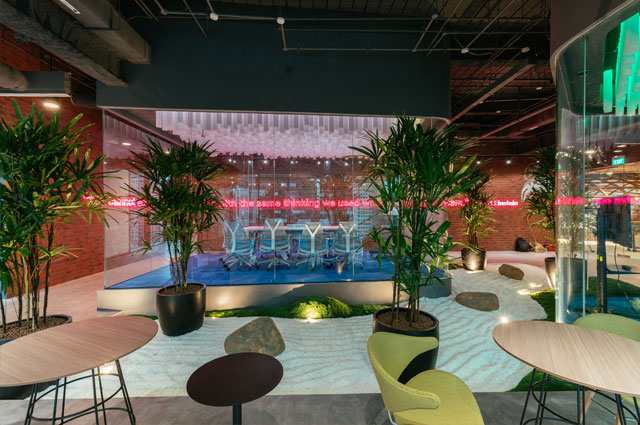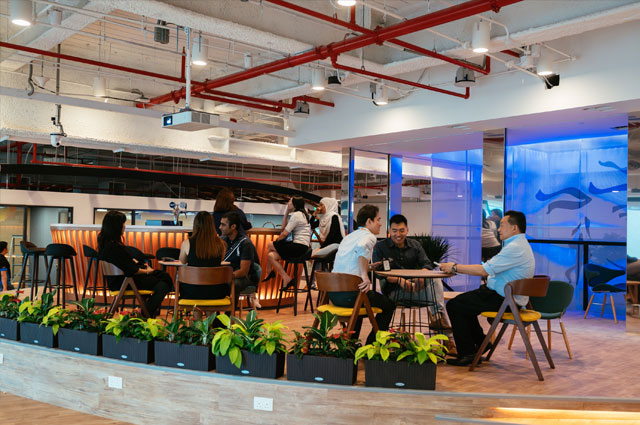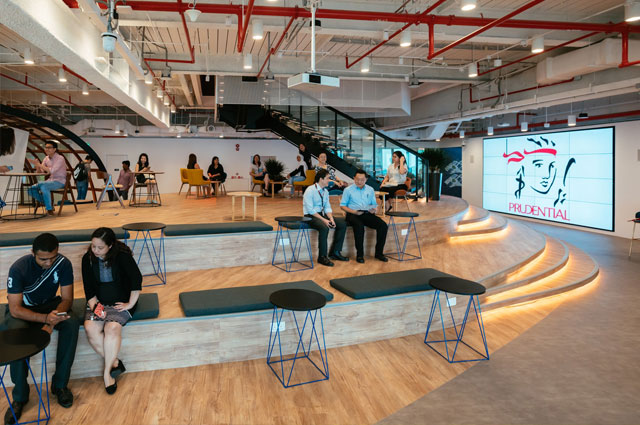Many companies have started giving their employees a certain amount of autonomy. This ranges from flexible start times to work from home days.
Technology has made it easier for employees to be tuned in, no matter where they are, giving better mobility and flexibility to the current workforce. But, is the office of today entirely new?
Flexible work arrangements have actually been around for years. As early as 1996, the Working Hours Act in Finland granted employees the right to adjust their daily working hours on their own, so they could start or end up to three hours earlier or later.
Agile work culture
According to a recent Ministry of Manpower report, around 72 percent of Singapore employees worked in companies with at least one flexible practice in 2018, up from 70 percent in 2017.
Some companies are even offering unlimited paid leave to boost the work experience. Proponents include Internet entertainment giant Netflix and local web designer Fixx Digital, which offers this to employees who have worked for at least a year and delivered results.
Even so, having an agile work culture goes beyond perks. It is not only about giving employees some leeway to work when and where they want.
Agile employees take ownership. They are encouraged to have fast turnarounds, with fewer hierarchies at the workplace. Plus, they are empowered to be productive, by sinking into a routine that suits them or having varied work days.
This way of working may particularly appeal to millennials, who often value work-life cohesion and a company's culture over pay-checks.
Open plan offices

You may also be familiar with the office cubicle or have worked from one. Robert Propst, who worked at Herman Miller, then a home-furnishings company, designed it in 1964.
Propst wanted to improve the open bullpen office, which was popular at that time. The idea of an open office was already supported by architects in the early 20th century, including Frank Lloyd Wright.
Some companies had packed employees in rows, without partitions between them, resulting in an uncomfortable work environment. This allowed the cubicle to take off.
Today, many companies are returning to the idea of an open workplace, while taking lessons from the past.
Prudential, for instance, implemented its Workplayce in 2017, which comprises a large office with fewer allocated seats, allowing employees to work from wherever they fancy. It also has social areas for discussions and interactions, and rest-pods for employees to recharge.
In a workplace survey, 95 percent of its employees were supportive of space. They said it made them more collaborative, innovative, accountable and productive. Many respondents also reported feeling happier with the new arrangement.
Happy employees increase productivity

Exploring new ways of working brings a slate of benefits for companies. Besides boosting a company's brand and helping it attract talent, these structures could also help retain staff because it gives them a sense of freedom.
Just a few years ago, many employers were obsessed with having employees stick to the stipulated working hours, utilising time clocks to track an employee's arrivals and exits.
In recent years however, employers have let their employees have free reign; most modern workplaces are devoid of time clocks, holding employees accountable by the work they do, rather than the hours they work.
Happier and healthier employees are naturally more productive at the workplace. They have also been found to spend less on medical claims, which translates into savings for organisations.
Incorporating flexible work practices and open spaces could therefore help your employees thrive, and bring overall benefit to the business.
Disclaimer:
The information in this article does not necessarily reflect the views of Prudential Assurance Company Singapore Pte. Ltd. Certain information in this article may be taken from external sources, which we consider reliable. We do not represent that this information is accurate or complete and should not be relied upon as such.
This article is for your information only and does not consider your specific investment objectives, financial situation or needs. We recommend that you seek advice from a Prudential Singapore Financial Consultant before making a commitment to purchase a policy.

